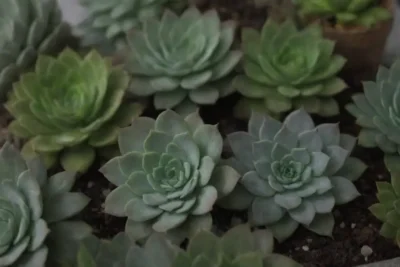
Understanding the Dormant Phase of Succulents in Winter
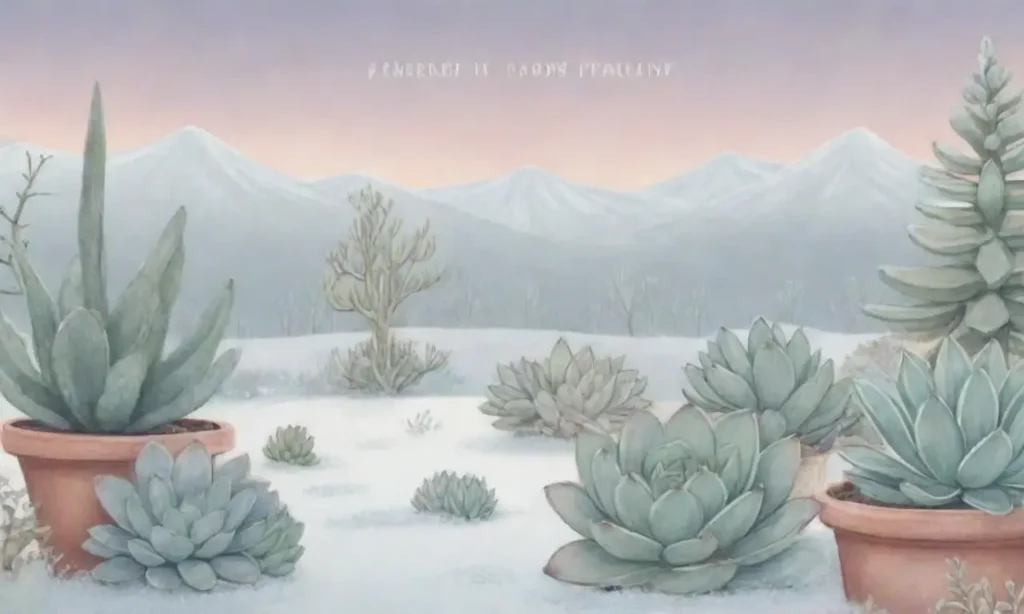
Introduction
Succulents, with their unique fleshy leaves and striking forms, have gained immense popularity among plant enthusiasts worldwide. These charismatic plants are often hailed for their low maintenance requirements and resilience in the face of varying environmental conditions. However, as winter approaches, many succulent owners may find themselves puzzled by their plants’ behaviors, particularly when they enter the dormant phase. This phase is a natural and crucial part of a succulent's life cycle that allows them to conserve energy and resources during colder months when sunlight and moisture may be less available.
This article aims to provide an in-depth exploration of the dormant phase of succulents in winter. We will discuss what dormancy means for these plants, the signs of dormancy, how to care for your succulents during this period, and tips for successfully managing succulents throughout the colder months. By the end of this guide, you should have a better understanding of how to nurture your succulents through their dormant phase, ensuring they emerge healthy and vibrant as spring arrives.
What is Dormancy?
Dormancy in succulents refers to a state of reduced metabolic activity that occurs in response to environmental changes, such as decreased temperature, reduced light availability, and limited water supply. While many plants go through this process, it's particularly crucial for succulents, as they are adapted to survive harsh growing conditions. During dormancy, these plants essentially "hibernate," allowing them to conserve resources and withstand periods when survival becomes challenging.
This strategy of survival is particularly evident in succulents that originate from arid regions, where they are accustomed to dealing with extreme temperature fluctuations and irregular rainfall patterns. For instance, some succulents may thrive under direct sunlight during their active growth phase in warmer months, but they will respond to colder temperatures by entering a dormant state to prevent cellular damage due to frost. Understanding dormancy is vital to providing the appropriate care required during the winter months.
Signs of Dormancy in Succulents
Recognizing the signs of dormancy in succulents is essential to ensure you provide the right care. The most apparent indication of dormancy is a noticeable slowdown in growth. This means that during winter, your succulents will not grow as quickly, or they may even stop growing entirely. Leaves may become less vibrant in color, and new growth may become scarce. If you've been expecting constant growth, a sudden slowdown can raise concerns among plant owners, but it's important to remember that this is a natural process.
Alongside the slowdown in growth, you may also observe changes in the plant's leaves and overall appearance. During dormancy, succulents may appear wrinkled or shriveled as they conserve moisture. This condition is a result of reduced water absorption during winter. It's also typical for some types of succulents to change color as they adjust to the lower light levels and cooler temperatures, sometimes developing deeper hues or slightly dull appearances.
Lastly, it's crucial to monitor your succulent’s water requirements during the dormant phase. Unlike in the active growing season, when succulents may require regular watering, their needs drastically decrease in the winter months. Overwatering during this time can lead to root rot and other issues, so it's essential to be cautious. Look for signs such as the soil drying out completely before watering again, which may take longer in winter compared to other seasons.
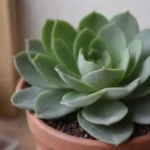 Succulent Care: Navigating the Winter Dormancy Period
Succulent Care: Navigating the Winter Dormancy PeriodCaring for Succulents During Their Dormant Phase
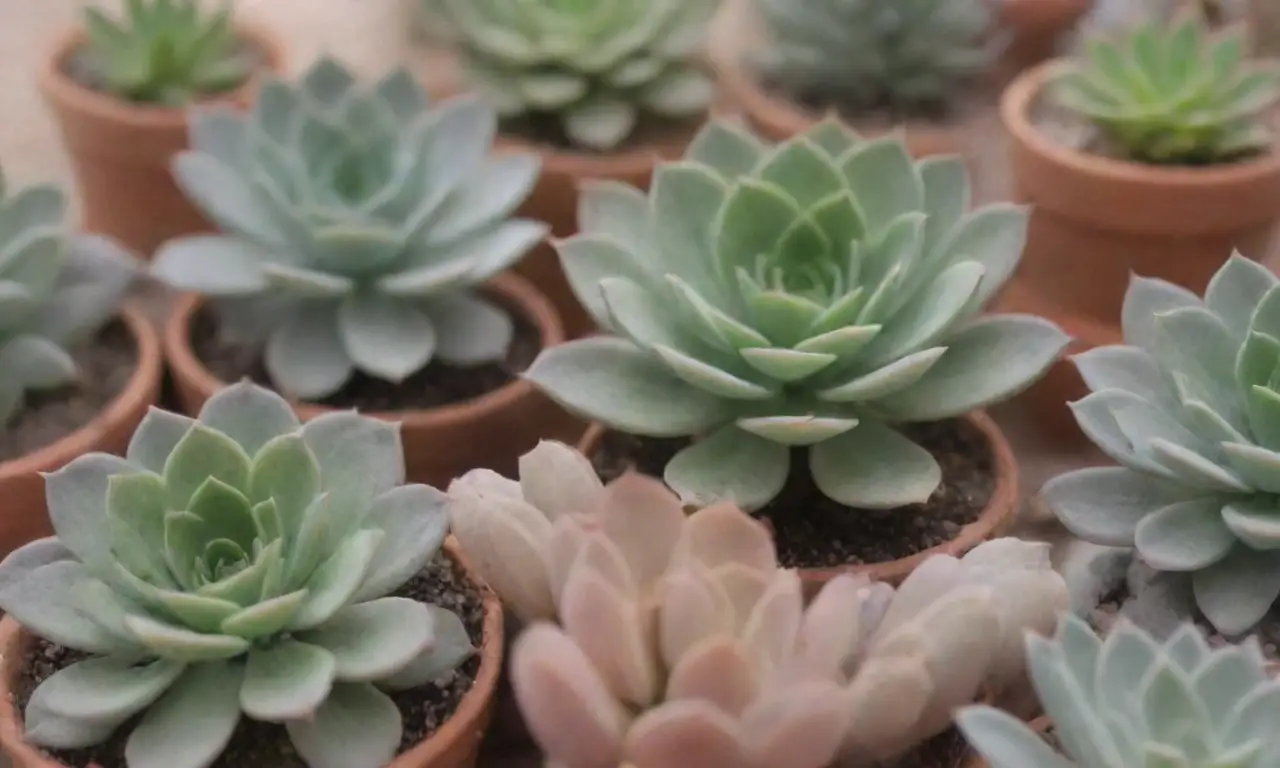
Watering Requirements
Maintaining the correct watering routine is key to helping your succulents thrive during their dormant phase. Before winter sets in, assess your plant's humidity levels and adjust your watering schedule accordingly. As temperatures drop and humidity rises in some environments, succulents will require less frequent watering. The rule of thumb during dormancy is to allow the soil to dry out completely before giving your plant another drink.
When you do water, make sure to do so thoroughly, allowing excess water to drain from the bottom of the pot. This practice ensures that the roots receive sufficient moisture without becoming waterlogged. One critical point to remember is to avoid watering your succulents if they are already exhibiting signs of distress, such as rot or mushiness. It's far better to err on the side of under-watering than over-watering during this time.
Light Availability
Another essential factor to consider while caring for dormant succulents is their light exposure. With shorter days and lower sunlight intensity in winter, it's common for indoor plants to receive inadequate light. Ensure that your succulents are positioned in a location that maximizes their exposure to natural light, as this will help them maintain some active metabolic functions even in a dormant state.
If you notice that your succulents are still struggling to receive enough light, consider using grow lights specifically designed for indoor plants. These lights can help simulate the full-spectrum light that succulents need to sustain healthy growth without overstressing them. Remember to monitor the placement and intensity of grow lights to mimic the interval of natural sunlight, offering your plants around 10-12 hours of light per day.
Temperature Control
Environmental temperature plays a significant role in the dormancy of succulents. Ideally, these plants thrive in temperatures ranging between 50°F to 60°F (10°C to 15°C) during winter dormancy. Be vigilant about keeping them in an ambient environment that doesn’t drop excessively low. If you live in a region where temperatures frequently dip below freezing, it may be necessary to bring outdoor succulents inside to prevent frost damage.
While some succulents are more tolerant of cooler temperatures, it is best to avoid placing them near drafty windows, heaters, or radiators, as sudden temperature fluctuations can be harmful. Monitoring the temperature around your plants year-round ensures the right conditions for growth and dormancy.
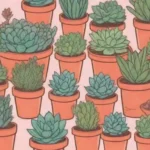 Preparing Your Succulents for the Transitioning Seasons
Preparing Your Succulents for the Transitioning SeasonsConclusion
The dormant phase of succulents during winter is not to be feared, but rather understood and respected. By recognizing the signs of dormancy, adjusting your care routine, and providing the appropriate environmental conditions, you can ensure that your succulents remain healthy and rejuvenated when spring arrives. Understanding this phase is crucial because it helps you appreciate the natural adaptations of these fascinating plants and fosters a stronger bond between you and your leafy companions.
When spring does eventually break through, you will likely see your succulents respond positively as they "wake up" from their winter slumber. New growth will sprout, colors will brighten, and your plants may even reward you with vibrant blooms if you provide them with optimal light and care. In summary, maintaining a state of awareness about your succulent’s needs during its dormant phase will benefit both you and your plants in the long run. Happy gardening, and may your succulents thrive through every season!
If you want to read more articles similar to Understanding the Dormant Phase of Succulents in Winter, you can visit the Seasonal Changes category.

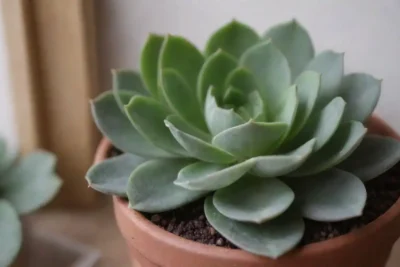
You Must Read